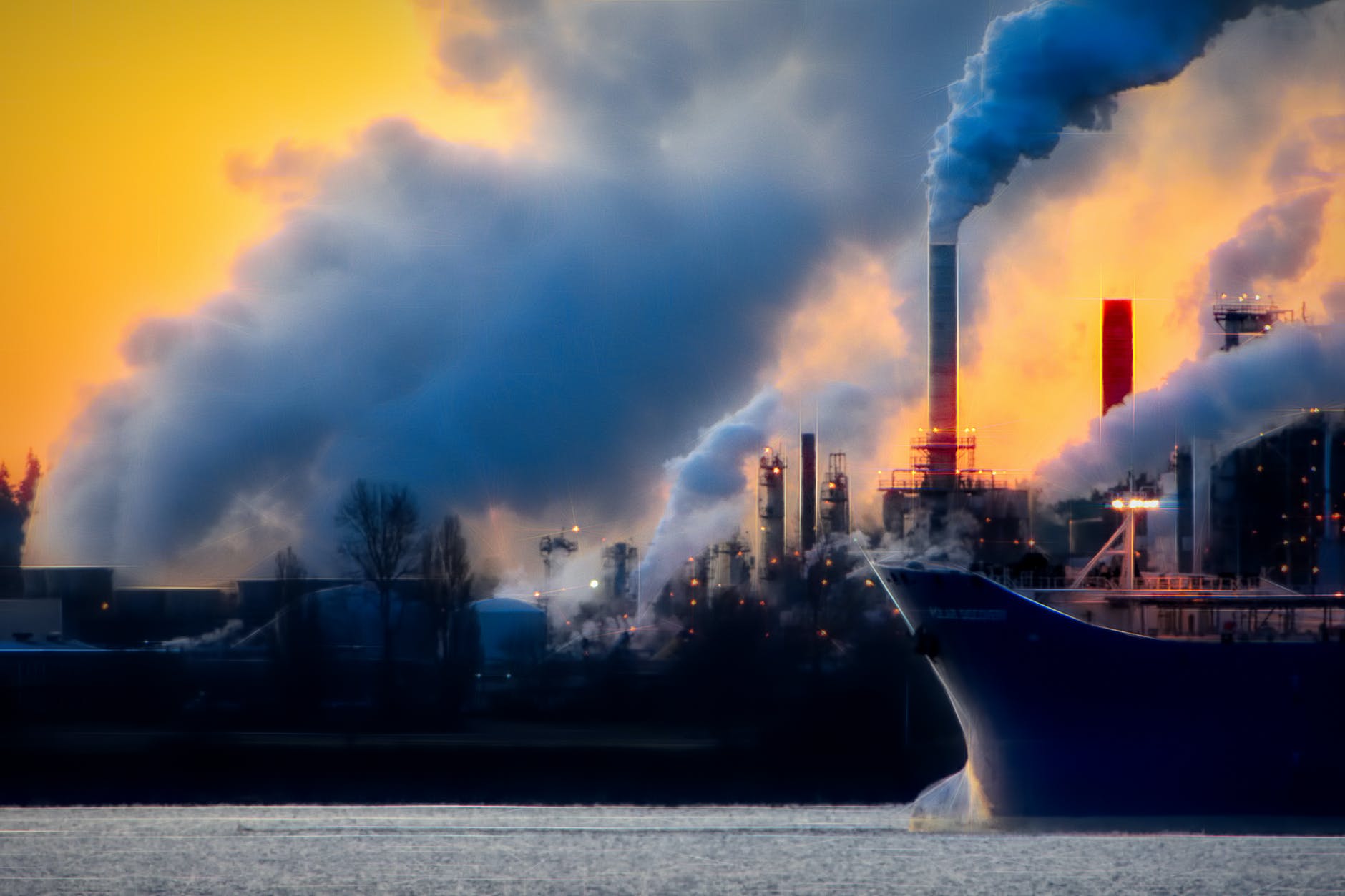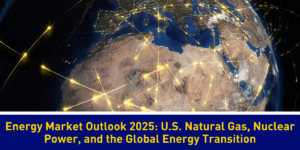As climate change continues to make headlines almost every day, it may seem that making a difference is too large a feat for one individual or company to take on. Luckily, reducing your footprint is easier than you may think. There are a variety of available options for lowering greenhouse gas emissions, one being Emission-Free Energy Credits or EFECs. Here is a look into how these credits work as a sustainable energy solution.
Your Carbon Footprint
Let’s start by answering the critical question: What is your carbon footprint? Carbon Footprint is a measurement of greenhouse gases emitted into the environment. Since carbon dioxide accounts for over 80% of greenhouse gases, the measurement for emissions became known as carbon footprint.
Carbon footprint can be measured on both an individual and a business scale. This measurement includes all emissions released from your day-to-day activities. A direct Greenhouse gas emission occurs when fossil fuels are burned, for example, using gas to drive your car. Indirect emissions, on the other hand, occur when you consume purchased energy, such as heat or electricity for your home or office. There are a variety of sustainable solutions that lower indirect emissions.
Carbon-Free Power
Carbon-Free nuclear power could be the key to unlocking a smaller carbon footprint. The International Panel on Climate Change states that nuclear energy is as clean as renewable energy. They found that nuclear energy’s life cycle carbon emissions were lower than solar, geothermal, and hydropower and comparable to wind-generated power.
In addition to being a clean source of energy, carbon-free nuclear power generation is also one of the most dependable sources of electricity. These plants operated at over a 92% average capacity factor (actual amount generated compared to potential maximum generation) in 2020. That capacity factor was two times that of all other clean energy sources for that year. It also greatly exceeded natural gas at 56.6% and coal at 40.2%. Carbon-free nuclear power plants can operate 24/7 for 18 to 24 months without interruption, providing potential for large amounts of electricity generation. In 2020, nuclear power accounted for 20% of electricity generated and 52% of carbon-free electricity in the United States.
Reaching Sustainability Goals
How does Carbon-Free nuclear generation fit in with your business’s sustainability goals? Even if you cannot control your energy supply options, you can still reduce your footprint with carbon-free power through Emission-Free Energy Credits. These credits are essentially an investment in projects dedicated to reducing greenhouse gas emissions; Therefore, by purchasing a credit, you are offsetting your business’ emissions. You can take advantage of EFECs now with help from Brilliant Source Energy.
Ready to take a step towards more sustainable energy solutions? Contact us today to learn more about Emission-Free Energy Credits!
"*" indicates required fields





